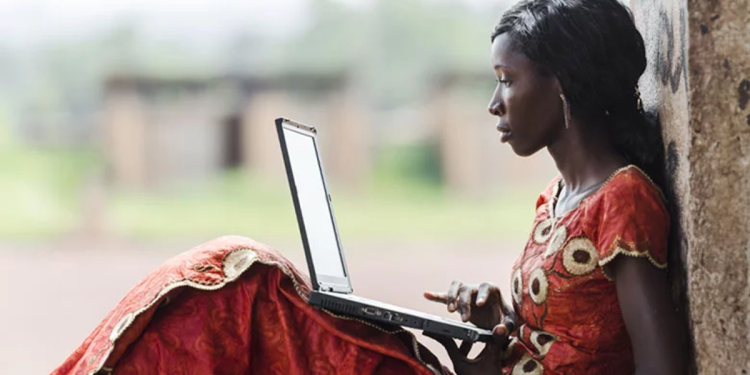AFRICA REQUIRES ANNUAL INVESTMENT OF $6BN IN DIGITAL INFRASTRUCTURE
The International Financial Corporation stated that Africa needs to double its annual spending to $6 billion to enhance internet connectivity for more people and businesses. This investment will primarily focus on deploying additional fibre optic cables from the sea to urban areas and residences.
Susan Lund, IFC’s vice president of Economics and Private Sector Development, emphasized that the $6 billion is solely for the capital expenditure of expanding digital infrastructure and does not include operational costs.
Over the past decade, the World Bank has allocated $2.8 billion to various digital development projects in sub-Saharan Africa. These initiatives encompass investments in fibre optic cable deployment, data centres, internet service providers, mobile phones, laptops, and digital education programs.
Despite these investments, many countries in Africa still lack sufficient digital infrastructure coverage. The IFC aims to increase its total investment in the continent to approximately $10 billion by 2024, with plans to double this amount by the following year. The focus will be on supporting innovative companies driving digital adoption across different industries.
A survey conducted in 54 countries revealed that while more businesses are utilizing the internet, a significant proportion are not fully leveraging online opportunities. In countries like Ethiopia, Ghana, Kenya, Nigeria, South Africa, and Uganda, only 5% of firms with fewer than five workers have computers with internet connections.
To address this issue, an additional $2.7 billion is required to assist small and medium businesses in transitioning to digital operations. Investments in this area could particularly benefit firms in manufacturing and agriculture, where digital technologies play crucial roles beyond the current capabilities of most African firms.
The arrival of new submarine cables in Africa has been viewed as a positive development in addressing the infrastructure deficit. However, transmitting internet capacity from these cables to urban areas poses significant cost challenges.
Enabling small businesses to establish an online presence not only enhances their productivity but also contributes to employment generation. Approximately 70% of Africa’s labor force is employed by these small firms, representing about 400 million workers, according to the IFC report.
Source: Techeconomy
OADC ISANDO ACHIEVES TIER-III DESIGN CERTIFICATION BY THE UPTIME INSTITUTE

